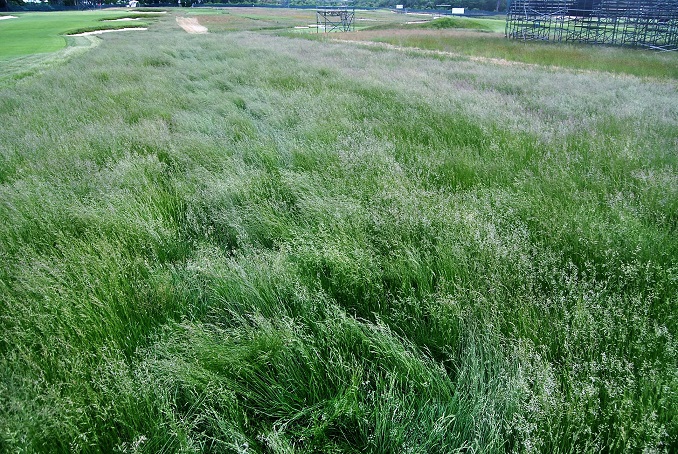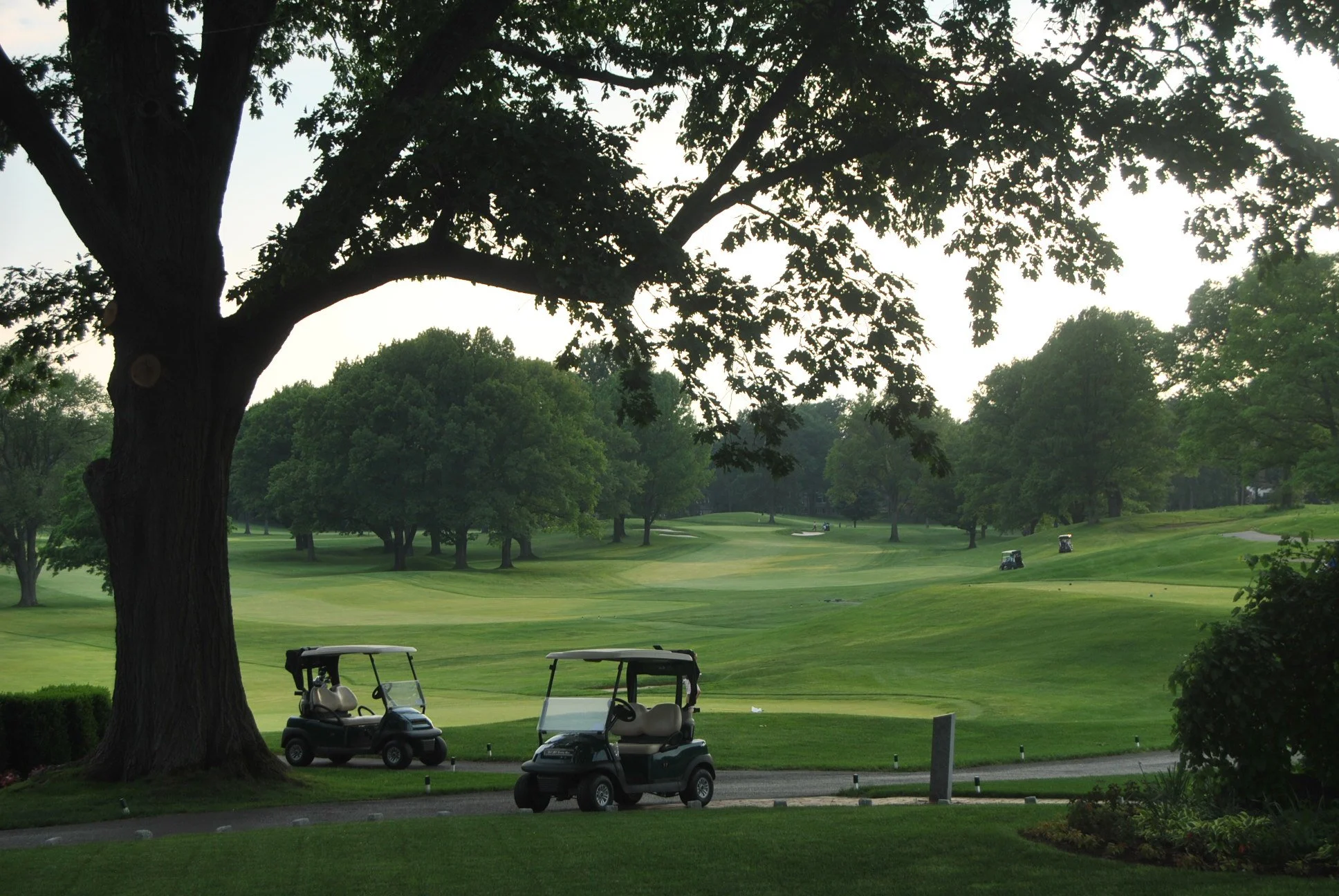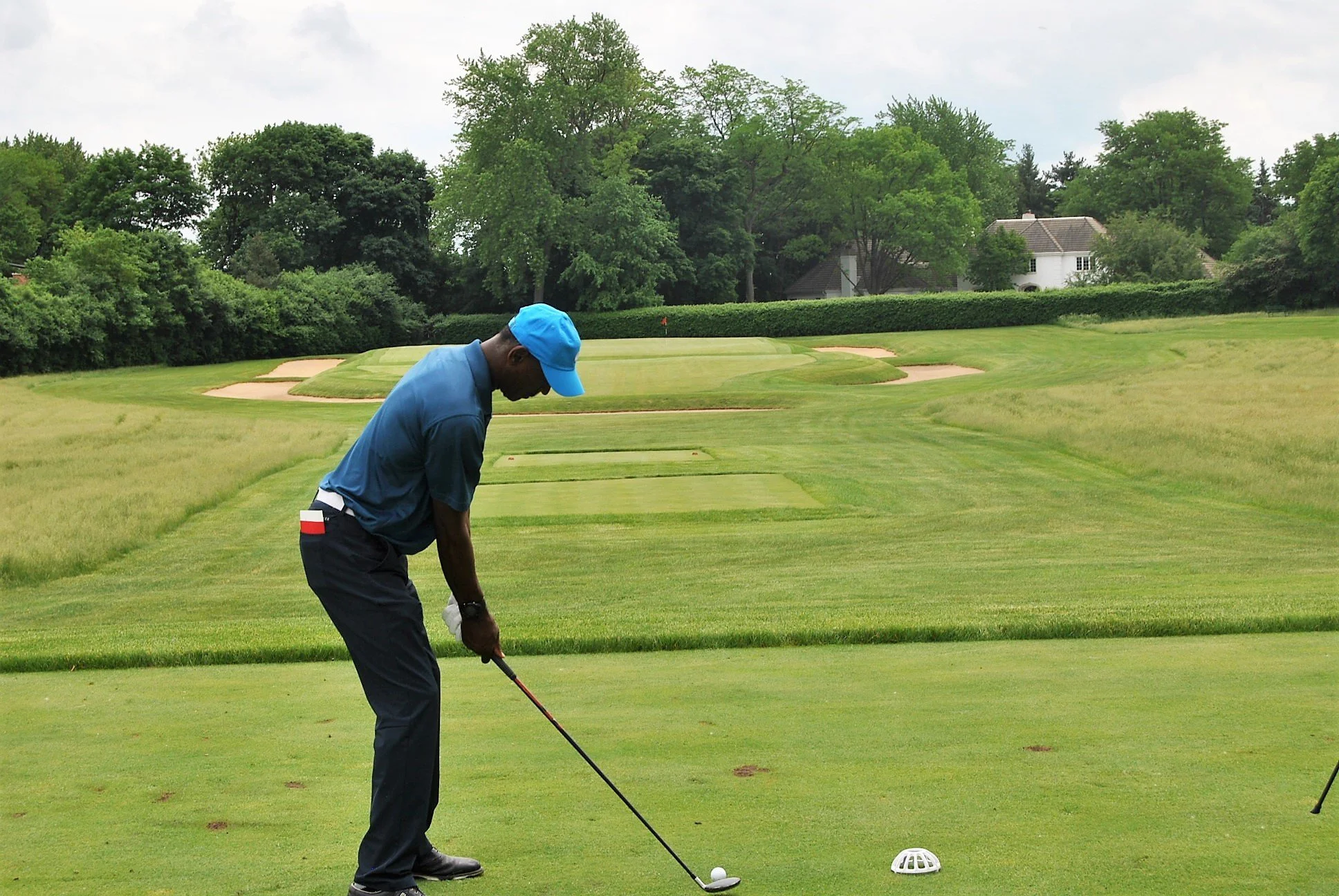Shinnecock Hills
It had been a long and arduous road to Shinnecock Hills. A week before our scheduled tee time, my host, Bill had to regrettably postpone our round after his brother-in-law passed away. Bill, whom I had not met, had graciously agreed to use one of his limited guest privileges allowed by the club ahead of the US Open to host me as a favor for a mutual friend. I immediately called his assistant and tried to find another date ahead of my June 11th deadline for completing America’s 100 greatest golf courses. With each suggested date, she checked Bill’s calendar and then walked into his office to confirm. After three failed attempts, I panicked and started to press harder. Finally, Bill got on the phone and said, “Jimmie, I’m happy to host you, but I can’t do it until after July.” I had pressed too hard. It wasn’t my finest moment. I thanked Bill and chose not to mention why I was acting so desperately, but I knew my dream was in trouble. With the U.S. Open six weeks away and just five weeks remaining to complete my final courses, it would be difficult if not impossible to find another member with quest privileges that he or she would be willing to use on a stranger.
My heart raced as I hung up the phone. My dream to play all 100 of the most exclusive clubs in the country was never just about golf. It was also about demonstrating to my son and daughter that America was still a country where strangers were willing to perform random acts of kindness to help someone achieve a dream. During my senior year of high school, a new superintendent introduced my graduating class to CloseUp, a program that brought high school students to Washington, D.C. to learn how our government worked. I had spent my entire life along the 120 mile stretch of US Highway 75 between Huntsville and Galveston, Texas. I was thrilled with the opportunity to fly on an airplane and visit our nation’s capital, but the cost was a whopping $400. That was twice as much money as my mother made in a week working as a nurse’s aid. There was no way we could afford to spend that much money on something that wasn’t food, clothing or rent. But I had a plan. It occurred to me that if I knocked on enough doors in our tiny community, I would likely find 400 people willing to contribute a single dollar bill to help me achieve my dream of traveling to Washington. The people in my community didn’t disappoint. I wanted my kids to see how that same sense of community still exists in today’s America. But I had to play all one hundred courses to demonstrate that before the last grains of sand slipped through the hourglass.
I believe success and failure in life is determined at the intersection of aspirations and adversity. What we do when our greatest hopes and biggest dreams come face to face with our biggest challenges establishes whether we will experience triumph or suffer defeat. When our son Jordan was nine years old Erika and I took him and our daughter Alexandra to see the newly opened MLK Jr. Memorial in Washington, DC. He read the inscription chiseled in the monument - “Out of a mountain of despair, a stone of hope.” He looked beyond the statue of Dr. King to the two stones with a narrow space between them and said, “they didn’t have a lot of hope.” To which I responded, “just enough to change the world.” A slitter of hope is all I had and because America and the golf community are filled with such generous people, it was all I needed to hold on to my faith in the promise of America.
As a high school football player in Texas, when things got tough, my coach would say, “boys it’s time to tighten your jock strap. All I want to see are elbows and assholes.” It was his call for us to dig deep and leave it all on the field. I went to work chasing every avenue that could lead to a new host. I wrote directly to the president, general manager, and head pro at Shinnecock Hills asking for their help. I even sent an email to the Tiger Woods Foundation asking for Tiger’s help. Several people in my network made calls on my behalf to their friends and colleagues. It was a full court press to help me fulfill my dream before time ran out. In the end, an American hero answered the call for help.
Jimmy Dunne, who so selfishly and thoughtfully took care of the families of fellow Sandler O’Neill colleagues who died in the World Trade Center on 9/11, agreed to host me. Sergio, my new friend who’d hosted me at Maidstone also helped by introducing me to Bob, another member who would serve as a back-up if something prevented Jimmy from getting to Shinnecock Hills at the last minute.
Jimmy Dunne a diminutive giant, with only specks of red still showing in his now greying hair, and I arrived at the course within minutes of each other. He had flown in late on the night before from his college reunion at Notre Dame. He introduced me to the club staff and signed me in before we walked from the iconic clubhouse to the practice range where we were joined by his longtime Shinnecock Hills caddie Lenny Bummolo. Lenny, an athletically built fellow with calves matching those chiseled into the legs of Michelangelo’s statue of David, is a seasoned caddie who has made loops around Shinnecock for over 31 years. His skills as a looper were obvious to me from the moment he picked up on my nervousness and began working on putting me at ease with a firm handshake and a friendly glance.
My knees almost buckled as we stood perched on the elevated first tee overlooking the fairway with its slight left to right bend and tall whispery fescue sepatating its left edge from the hospitality tents that had been erected for the Open. Lenny’s greeting notwithstanding, I was just as nervous as I’d been on the first tee at Augusta National Golf Club. Jimmy hit first and sent a drive down the middle of the fairway. I took a deep breath, made a smooth swing and watched as my ball started just right of the fairway, carried the first two of a series of bunkers and droped into the fairway just left of the third. I felt relieved that my smooth tempo had followed me from the practice range to the tee.
As Jimmy, Lenny and I walked down the fairway toward our balls with a brisk wind at our backs, I decided that I would leave my notepad in my back pocket. My memory would be the only record. This was a day to walk the fairways of Shinnecock Hills with a golfing legend and his caddie. There we were, three men born just a few years, but several worlds apart. Each living our own version of the American dream. I hit my approach shot to the front left portion of the green. Jimmy stiff his to five feet below the pin.
I left my birdie putt three feet short of the cup. Jimmy said, “pick it up,” and then rolled his ball into the cup for a birdie. My par was one of only a few that I mustered playing the course under US Open conditions.
Lenny continued to impress me with his caddying skills as we made our way through the first nine holes. He found every ball I hit into the fescue and provided excellent guidance on getting it back in play to save bogey.
The double bogeys I collected on this day were fewer than I deserved because of him.
It was also clear to me that the bond between him and Jimmy went deeper than just golfer and caddie, they appeared to also be close friends.
As my long par putt raced past the cup on the tenth hole, Lenny said, “if it’s this windy and dry during the Open a week from now, they will have to suspend play.” He gave me a good read and I sank the comeback putt to save bogey. Jimmy, Lenny, and I then came to the par three eleventh hole.
As we stood on the tee box under overcast skies with only fragments of blue breaking through, they shared the story of Jimmy’s hole-in-one the day he set the course record of 63. Unlike today, on that June afternoon in 2010, there were blue skies stretching into infinity. Lenny told me that Jimmy stepped up to the tee with the flag fluttering in a light breeze on the right side of the green and striped an eight iron directly at it.
He then said, “we all heard the ball hit the pin.”
Jimmy followed with, “I thought it had probably kicked off the green.”
Lenny said, “I told him no, you got a one.”
Jimmy told me that they walked to the green. With his voice slightly cracking he then said, “we looked in the hole and there the ball was with the “Q” staring straight up at the sky.” Goose bumps formed on my arms and I quivered as he described marking his balls with a “Q” to honor his best friend, Chris Quackenbush who had been killed along with 65 of the other 171 Sandler O’Neill employees at work in the World Trade Center on September 11, 2001. Lenny finished with, “the course record he went on to break that day had been held by Jimmy’s friend, Mike Williams, whose son was one of the Sandler O’Neill employees who died on that tragic day.
In a shot reminiscent of the one he’d hit eight years earlier; Jimmy striped his tee shot again right at the flag. Lenny said, “you may have made another one boss.” I launched what I thought was a nice shot toward the left side of the green. Lenny shook his head and said, “that one probably rolled off the back.” As we approached the green, we spotted Jimmy’s ball four inches to the right of the cup. No hole-in-one, but an easy a tap-in birdie.
My ball had indeed rolled off the back of the green and down the slope to a collection area.
It made for a tough up and down. I bogeyed the hole.As we played the remaining holes, Jimmy and I talked about our kids and our outlook on life. I told him that I’d read somewhere that he was big on accountability and that he instructs his folks to always own up to their mistakes. It reminded me of advice I provided while mentoring young engineers and supervisors at ExxonMobil. I would tell them that a mistake would not end their career, but not owning it should. Jimmy nodded in agreement. With all that Jimmy has accomplished in his life, I got the sense that he is not a man that will rest on his past laurels. My guess is that his greatest accomplishments are ahead of him.
We completed our round. I was so grateful for Lenny. As poorly as I played, he never gave up on me. He provided the yardage and advice on every shot. I missed more of the shots than I made, but he treated every shot with the same level of professionalism. I completed my round with a 95. It was certainly not one of my best scores but hanging with Jimmy and Lenny made it one of my best days.
Following our round, Bob who had come to the course just in case I needed him, joined Jimmy and me in the club dining room for lunch. As we chatted about my quest and all things golf, I marveled again at the camaraderie formed by golfers who four hours earlier were strangers.
Jimmy had to head out to meet a film crew from the Golf Channel who were doing a feature on the story that he and Lenny had shared with me about his course record of 63 and his hole-in-one. The feature was scheduled to air during the broadcast of the upcoming US Open. I headed off in search of Seth Raynor’s burial site. During our lunch, Bob had told me that both Seth Raynor and C.B. MacDonald were buried in a cemetery nearby. Unfortunately, my searching skills paled in comparison to Lenny’s ability to find my golf balls. I walked from headstone to headstone but failed to find the one bearing the name of my favorite golf course architect.
With 95 of the 100 courses now completed and just over one week remaining to play the last five, I left the Hamptons behind and drove to New York City to spend the night and to join Gabriel for dinner. He and I had met following my round at Kittansett a couple of weeks earlier. We agreed to stay in touch and share a meal the next time I was in the city. His was another life that intersected with mine because of our common passion for golf.


















